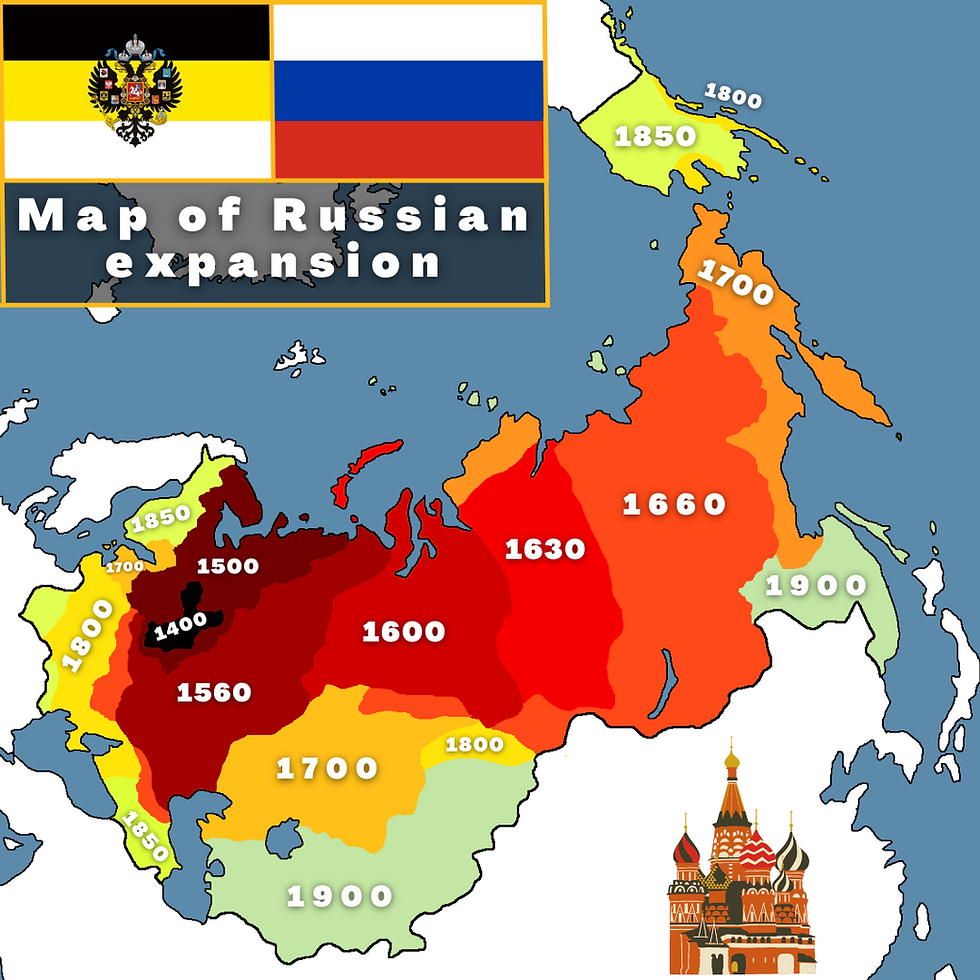Peace of Westphalia (1648)
- hunmapper

- May 23, 2021
- 2 min read
The Peace of Westphalia is a collective name for 2 treaties signed in 1648. The treaties ended the Thirty Years War (1618-1648).

Before the Treaties
The peace negotiations had no exact beginning or end because the 109 delegations never met in a plenary session. Instead, various delegations arrived between 1643 and 1646 and left between 1647 and 1649. The largest number of diplomats were present between January 1646 and July 1647. The negotiation process was lengthy and complex. Talks took place in two cities because each side wanted to meet on territory under its own control. Two treaties were signed to end each of the overlapping wars: the Peace Treaty of Münster and the Peace Treaty of Osnabrück. These treaties ended the Thirty Years' War (1618–1648) in the Holy Roman Empire, with the Habsburgs (rulers of Austria and Spain) and their Catholic allies on one side, battling the Protestant powers (Sweden, Denmark, and certain Holy Roman principalities) allied with France, which was Catholic but strongly anti-Habsburg under King Louis XIV.
Territorial changes
- The Dutch Republic was formally recognized as a fully independent state.
- The Swiss Confederacy was officially recognized independent from the Holy Roman Empire (they were de-facto independent since decades before the treaties)
- France retained the Bishoprics of Metz, Toul, and Verdun near Lorraine received the cities of the Décapole in Alsace.
- Brandenburg-Prussia received Farther Pomerania, and the Bishoprics of Magdeburg, Halberstadt, Kammin, and Minden.
- Sweden received Western Pomerania, Wismar, and the Prince-Bishoprics of Bremen and Verden as hereditary fiefs, thus gaining a seat and vote in the Imperial Diet of the Holy Roman Empire
- Barriers to trade and commerce erected during the war were abolished, and "a degree" of free navigation was guaranteed on the Rhine.
Legacy
Scholars of international relations have identified the Peace of Westphalia as the origin of principles crucial to modern international relations, including the inviolability of borders and non-interference in the domestic affairs of sovereign states. This system became known in the literature as Westphalian sovereignty.

Flag of the Holy Roman Empire




Comments